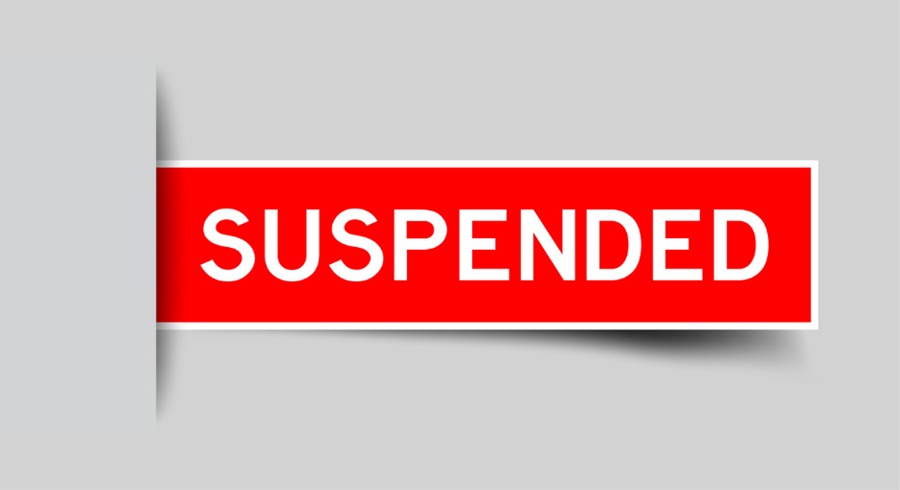
A certification mark serves a very different purpose than a traditional trademark (or service mark). Although certification marks aren’t nearly as common as trademarks, it’s still extremely important that businesses, organizations, and associations don’t ignore or overlook them when performing a trademark search to check the availability of a trademark for use with specific products or services. I strongly recommend reviewing my article titled “What is a Trademark?” before reading this article because it will give you some helpful background information about trademarks and the role they play in our everyday lives.




